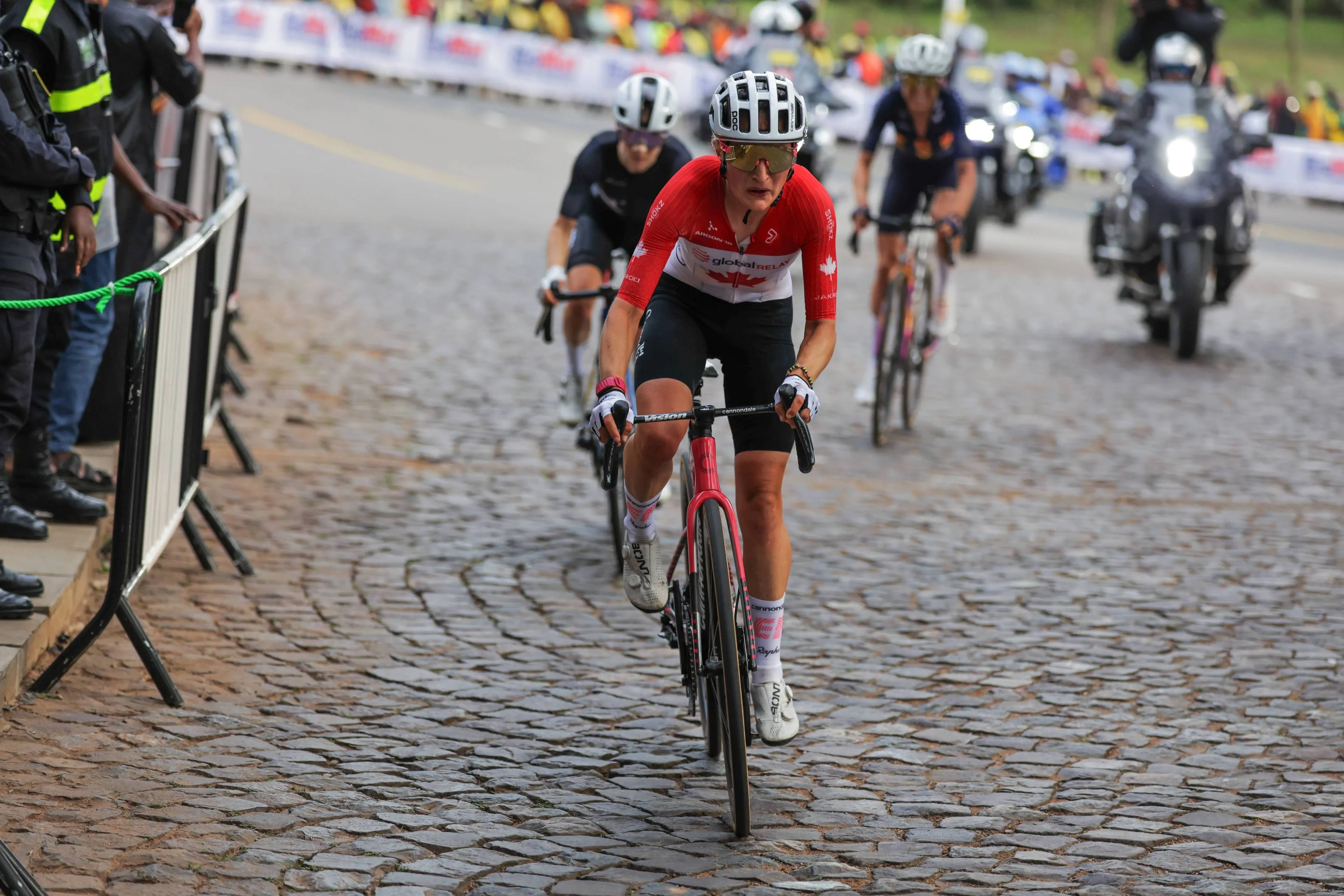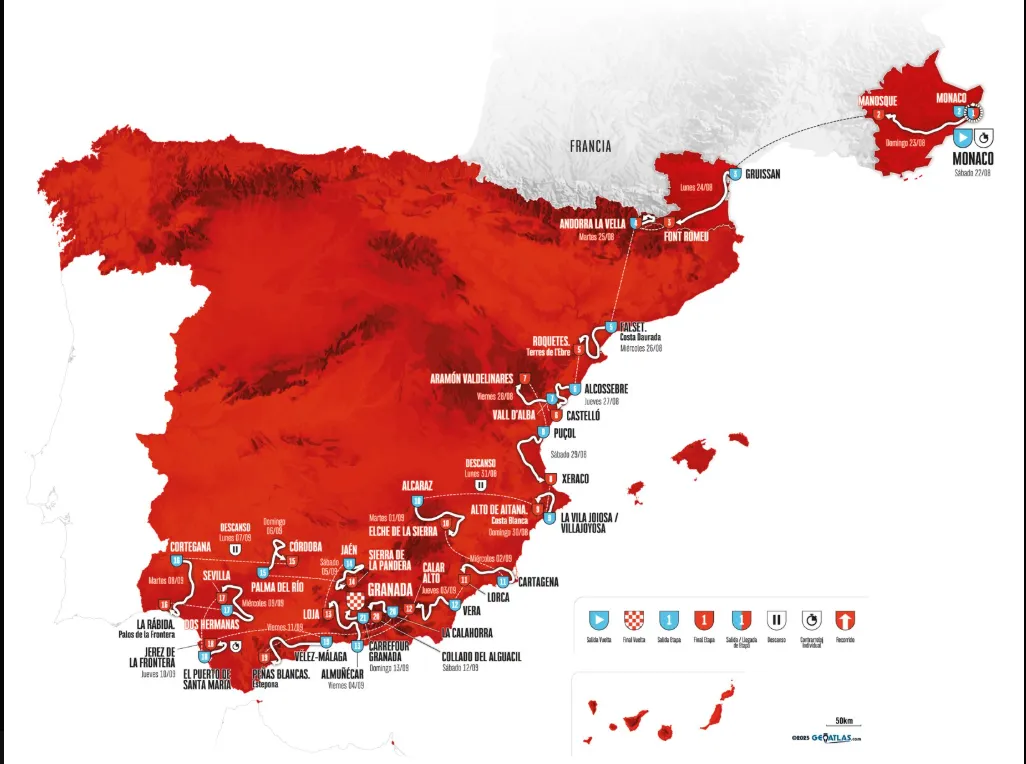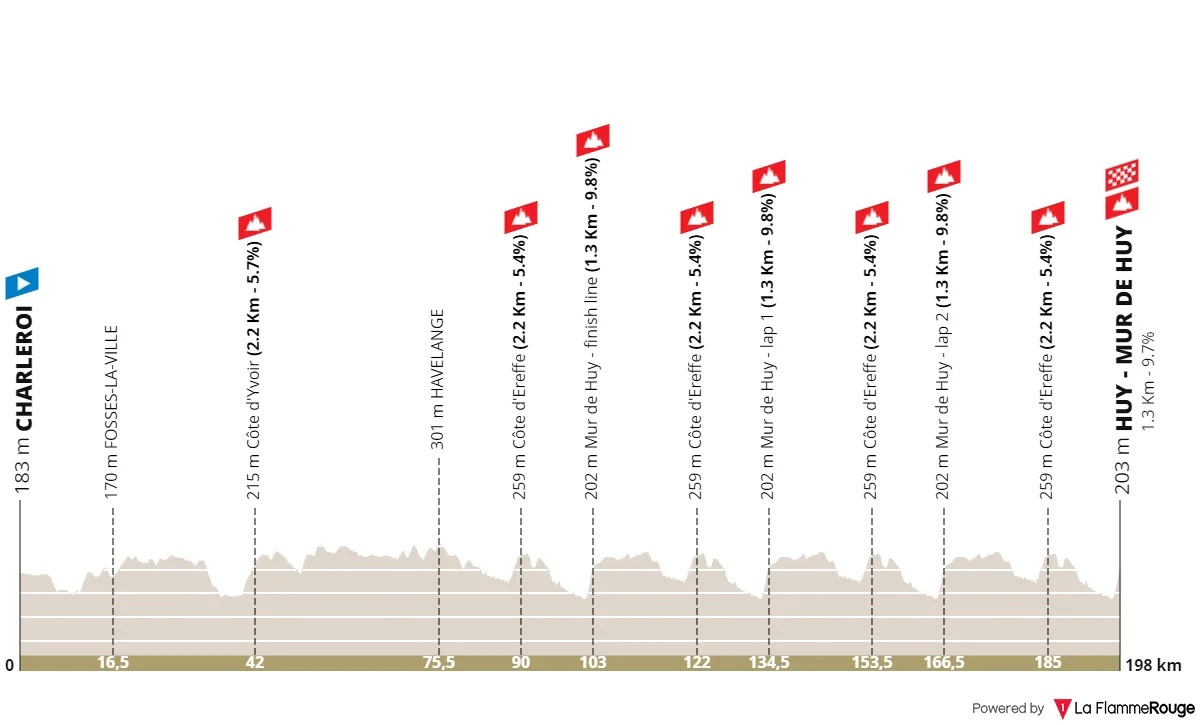
On April 17th, the second of the Ardennes classics unfolds: the Flèche Wallonne. This Belgian classic is renowned for its spectacular and grueling finale up the Mur de Huy. Let's examine its profile.
198 kilometers and 2700 meters of climbing. That is the data you’ve got for this race, it is one that doesn’t feature any long ascent however it does feature a lot of rolling roads throughout the entire route. It's a classic that suits the pure puncheurs and also some climbers, a race which is frequently quite controlled and sees a sprint finish up the very steep ramps of the final climb. The race starts west of Huy this year in Charleroi, and has slightly less climbing meters despite the longer distance.
Read also

Charleroi - Mur de Huy, 198 kilometers
This however has proven to be over the year a race which is only decided in the final climb, hence most favourites will just ride as conservatively as possibly until that point whilst their teams to the work to control the race. The race is decided on a circuit, in which the riders will ride 4 laps of with 31.5 kilometers in distance.
The Côte de Cherave has been removed this year, and so we have the traditional final circuit back featuring only two climbs. They are significantly different, but even the presence of one more lap. In each lap we've got the Côte d'Ereffe, summiting with 13 kilometers to go, having 2.2 kilometers at 5.4%. A small hilltop follows, but then the very fast and furious run-in to the Mur de Huy begins and that is where the race will be decided.
A grind, an ascent that gets steeper all the way up. It’s a pure anaerobic effort, and is ideal for the lightweight puncheurs and climbers. The ascent is 1.2 kilometers long at 10.3% and gets steeper and steeper towards the finish line. It's an effort that is gradually upped all the way. The fight into the bottom of the climb is every year very intense, and once there it's usually a lead up into the spring. The final 300 meters are very steep and so riders frequently try slightly earlier, but a long-range attack is unlikely to succeed.
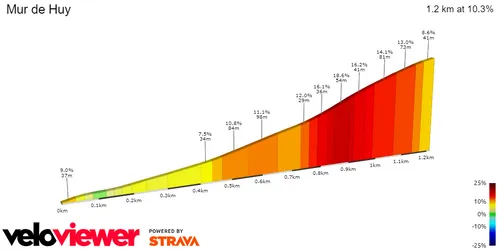
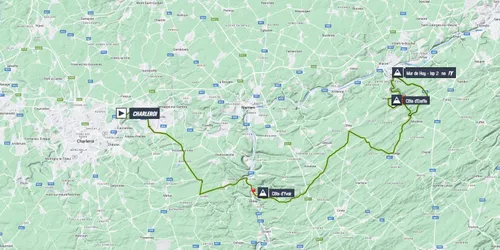
Map Flèche Wallone 2024
claps 0visitors 0
Just in
Popular news
Latest comments
- I dont know about winning but he has certainly shown that he can lose one.abstractengineer19-12-2025
- Unfair points system!!!. Its the same system under which Virenque won 7 polka dots. But then he cheats so how can he call it unfair.abstractengineer19-12-2025
- Yes being favorites, being 3 to 1 and not winning is worst, 2nd time in history, both times Belgiansabstractengineer19-12-2025
- Uijtdebroeks is just a malcontent. he has never won anything. he will do nothing with Movistar. I would let Remco go for 7 million too. he's great, but not worth it. pay 10 million for Ayuso? also nuts.mij19-12-2025
- interesting Mads got 2nd at Flanders, and he isn't even mentioned by Wout LOL. makes me laugh how he is so overlooked.mij19-12-2025
- I think a 3 v 1 finish with the 1 being a good rider, but not great, is close to humiliation.mij19-12-2025
- These whiners simply want to keep their hold in the highest echelons of the sport without having to perform well enough to please their sponsors and remain there. Cycling has been "unsustainable" ...for 130 years! If Vaughters wants to leave the sport, there will be hundreds of teams happy to ride the Tour and the biggest races in the world in his place. That's what happens when there's a ton of supply of teams and a limited amount of demand for teams at the highest level! -An Economistacem8219-12-2025
- If she was Dutch or Belgian she'd have already sorted a team out. Unfortunately, the CX teams are pretty insular to 'foreigners' and would rather give a spot to a local rider. And that is one reason why the sport is niche outside its heartland.wipperman9519-12-2025
- Dear Editor: It is no humiliation to make the final, even with two riders, and not get it perfect against another talented rider. Disappointment, sure.itsent18-12-2025
- I luv this guy ,so honest puts the hand up ..."my fault.".. I would be stoked to see him win his big monuments ... i think he would be a great team mate and friend.Davide18-12-2025
Loading
⛰️ L'édition 2024 marquera la 40ème arrivée de la #FlecheWallonne au sommet du Mur de Huy ! Une ascension rentrée dans la légende ! ⛰️ The 2024 edition will mark the 40th #FlecheWallonne finish at the top of the Mur de Huy! A legendary climb!
Write a comment


